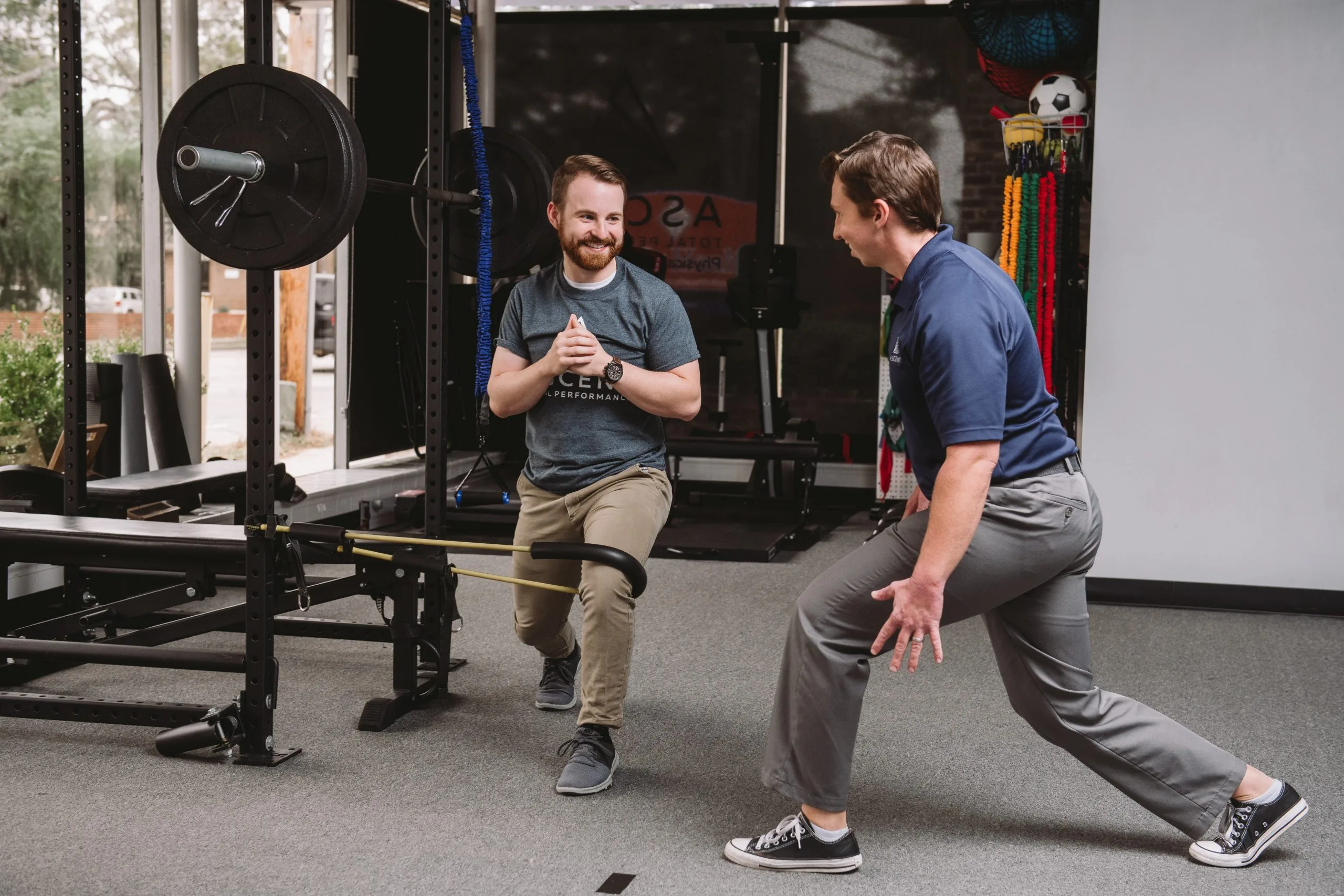When it comes to treating a painful condition, there are two common approaches:
1) Treat the diagnosis.
2) Treat the impairments.
Let’s take a quick look at each approach.
Treat the Diagnosis.
This the most common approach to treatment within the medical industry, and it makes sense for many conditions within multiple medical specialties. Essentially, with this approach, the medical provider treats all patients with the same diagnosis similarly. For example, a primary care provider may treat a plantar wart using the same technique for two different patients. An orthopedic surgeon may elect to choose the same surgical technique to perform an ACL reconstruction. This approach can be best summarized as “finding the problem, fixing the problem”.
Treat the Impairments.
With this approach, the unique characteristics of the individual and the cause of the pain are more strongly considered. The actual anatomical diagnosis is less important than identifying the issues that are causing the pain. Oftentimes, the medical diagnosis is a symptom of an underlying problem. By identifying the impairments, treatment can be customized to treat the painful symptoms and the underlying cause of pain. Examples of impairments are, but not limited to, pain, muscle weakness, inflexibility, range of motion restrictions, movement faults, and difficulty with balance.
The first approach (Treating the Diagnosis) is similar to following a recipe in a cookbook. If a patient has a diagnosis of ABC, then the treatment is XYZ. For many conditions, this is a valid and effective approach. However, with musculoskeletal disorders, there are some disadvantages to utilizing this approach.
1. Selecting an Accurate Diagnosis
Oftentimes it is challenging to get an accurate anatomical diagnosis that is causing the individual’s pain or dysfunction. Vague symptoms without concrete evidence (e.g., MRI confirming pathology) may be diagnosed differently by different medical providers. Consequently, it may be challenging to select the “right” treatment if multiple diagnoses exist. An example would be the plethora of possible overuse soft tissue conditions that impact the shoulder including biceps tendonitis, rotator cuff strain, bursitis, etc. These can all appear unremarkable on x-rays and other imaging and oftentimes are inconsistently diagnosed.
2. Wrong Diagnosis.
Even if a patient has imaging that shows an anatomical disorder, it is not necessarily the cause of pain. This is very commonly seen with the low back. Most individuals, regardless of having back pain or not, will have evidence of degenerative changes on an MRI. However, we know through research that the presence of degenerative changes does not always correlate with pain. Consequently, many patients with chronic low back pain may receive treatment to address, say, a disc bulge on MRI. However, that disc bulge may very well be a natural occurrence and NOT the source of pain. This may result in unnecessary and expensive treatments like injections and surgery.
3. Treating the Symptoms
Not the Underlying Cause: Going back to our shoulder example above, it is common to see medical providers treat a soft tissue shoulder injury with rest, medication, and/or injection to calm down the inflamed tissue. This may prove to be beneficial in the short term, but the symptoms often return when the patient returns to their regular activities. Sometimes treating the diagnosis means only treating the symptoms and not the underlying problem that may be causing the issues.
Due to the identified disadvantages addressed above, we oftentimes in physical therapy prefer to treat the patient’s impairments. Since pain is considered an impairment, techniques are utilized to decrease the pain. However, other common impairments may include decreased strength, flexibility restrictions, poor movement patterns, etc. Addressing these increase the success rate of treating the underlying condition causing the symptoms. This is important to understand because multiple patients can have the SAME diagnosis but DIFFERENT impairments contributing to the pain.
Using the shoulder example again, one patient may have biceps tendonitis because they are extremely flexible but lack the shoulder strength to safely support overhead movements. Meanwhile, another patient may have biceps tendonitis because they lack the flexibility to reach overhead without causing a pinching in the shoulder. Same medical diagnosis, but the treatment approach would be different to address their impairments.
Essentially, no two knees, shoulders, backs, etc. are the same. Therefore, in our opinion, no two knees, shoulders, backs, etc. should be treated the same! Everyone is unique, and the cause of their pains are also unique. Utilizing an impairment-based approach better allows us to customize a treatment plan for the individual person!
Dr. Pat Casey
PT, DPT, OCS, CSCS, SFMA, CF-L1
If you have been dealing with any pain or physical impairments you would like to improve,
CLICK HERE to get in touch and start to Achieve Higher today!


